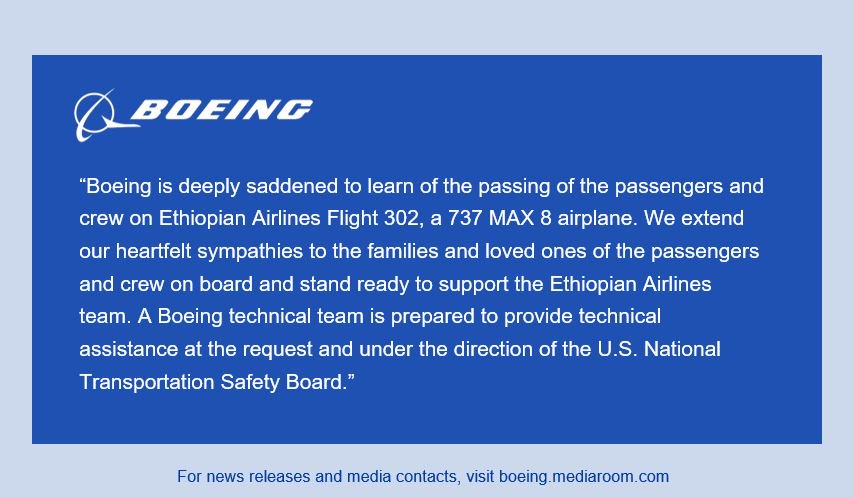Facebook has put a major focus on supporting local news over
the last two years.
However, this week it shocked (but perhaps did not surprise)
many in the media industry by announcing that there are a huge number of “news
deserts” across America: communities defined as those that do not produce
enough locally reported stories to support any reasonable kind of news service.
Some commentators immediately lambasted Facebook, accusing
it of patronizingly trying to solve a problem it has itself created.
But this is only partly correct. True, Facebook has
certainly accumulated a lot of media power over the past 5-10 years as its
giant aggregator has come to dominate the news consumption of hundreds of millions
of Americans.
Most notably, Facebook’s impact on news was felt during the 2016
US Presidential campaign when any number of strange or downright false narratives
found their way into the newsfeeds of the ordinary user of the service. Many of
these so-called news outlets, as it turned out, had a dubious provenance.
However, the decline of local news in America is a trend of
at least thirty 25 years in the making and certainly predates Facebook’s
assumption of a stranglehold over news aggregation and dissemination.
Some 1,800 newspapers have closed in the United States over
the last 15 years, according to the University of North Carolina. Newsroom
employment has declined by 45 percent as the industry struggles with a broken
business model caused partly, but not entirely, by the success of online news
providers, including Facebook.
Facebook’s local news service, called "Today In ,"
collects news stories from various local outlets, along with government and
community groups.
The social network deems a community unsuitable for
"Today In" if it cannot find a single day in a month with at least
five news items available to share.
began testing Today In, a separate destination for local
news within its flagship mobile applications, in January 2018, in six U.S.
cities.
Facebook added 25 more U.S. cities to the test last March
and last November it said Today In was available in over 400 U.S. cities.
But its efforts to roll out the service led the company to
discover the hundreds of communities with little or no local reporting.
Facebook’s findings show that there is no easy answer to
this issue, which has implications for many areas of commerce and civic life,
including online marketing to those communities with no local news operations;
as well as how voters are satisfactorily informed ahead of local elections, or around
major issues affecting communities.
The company admits there are no easy solutions.
In some ways, the problem is analogous to the struggles of a
generation ago to roll out broadband Internet
across rural communities: it is, indisputably, a public good that can add huge
value but it is not commercially viable on a standalone basis.
Facebook admits there are no easy solutions. But at least it
hasn’t given up yet.






